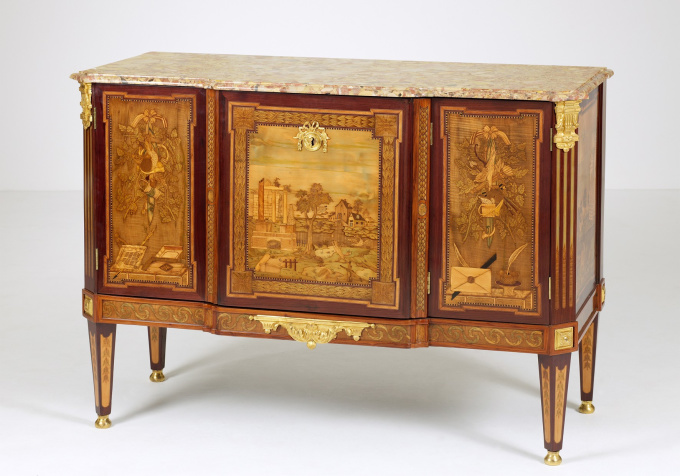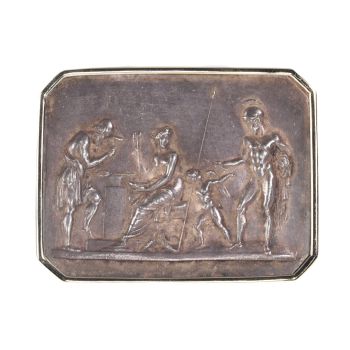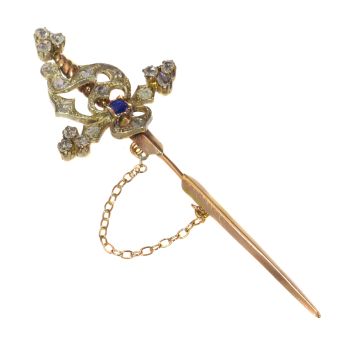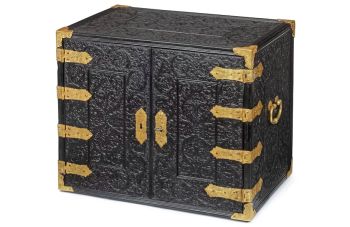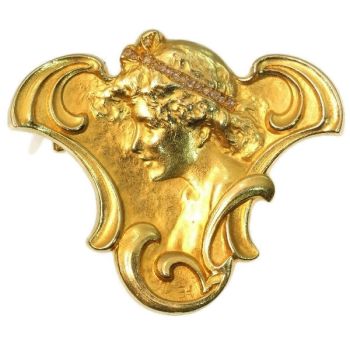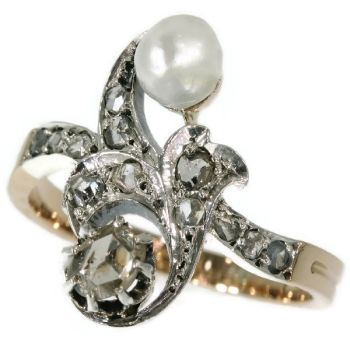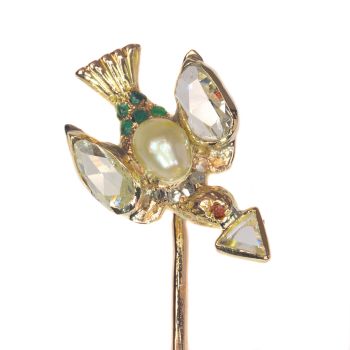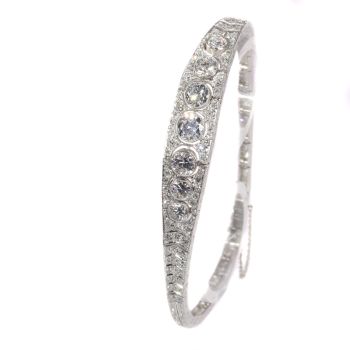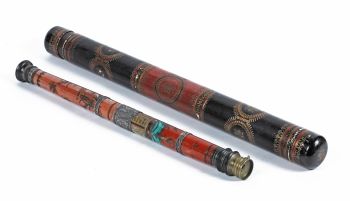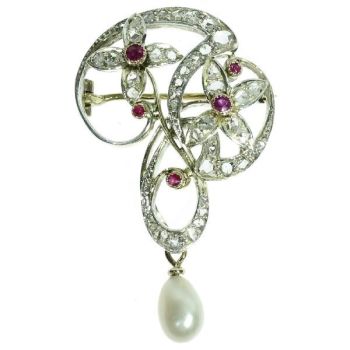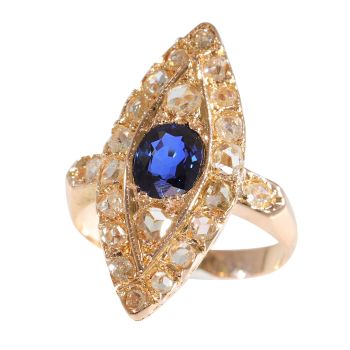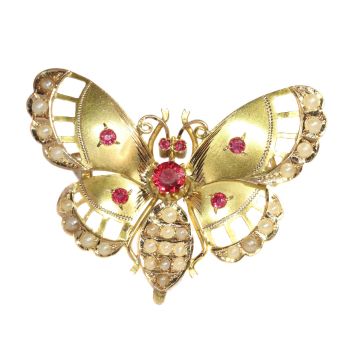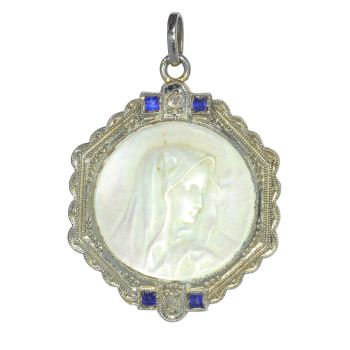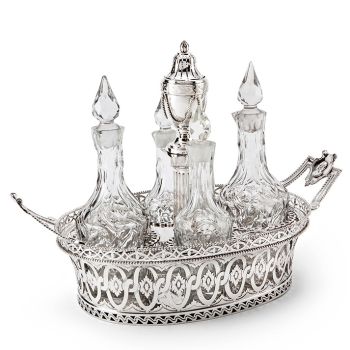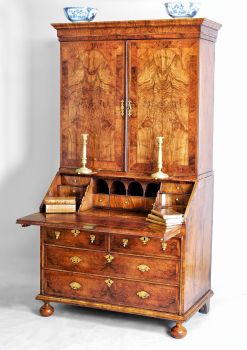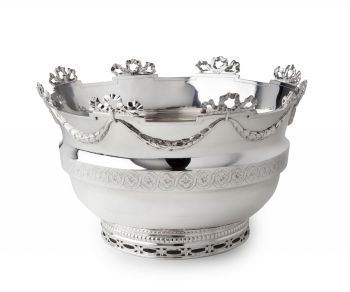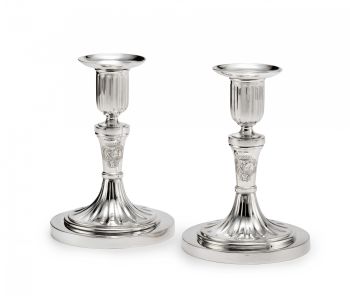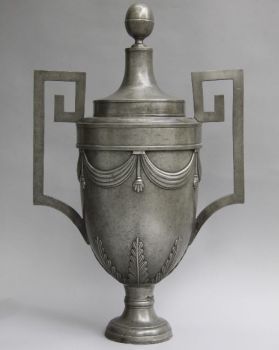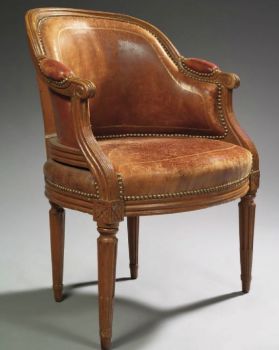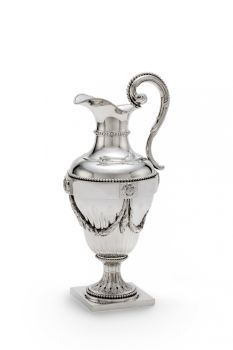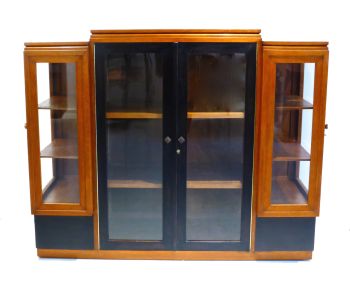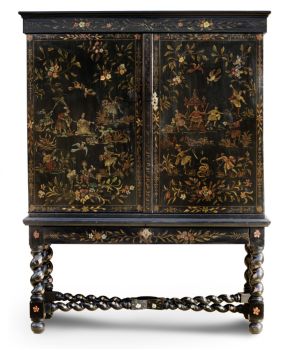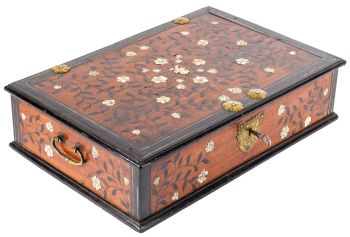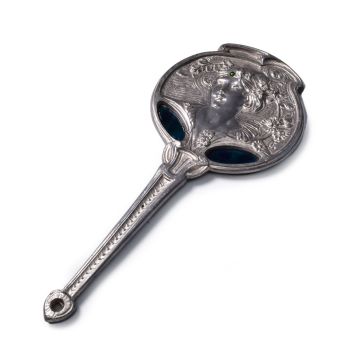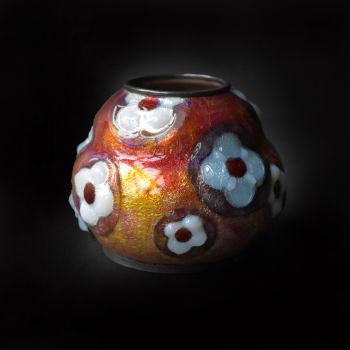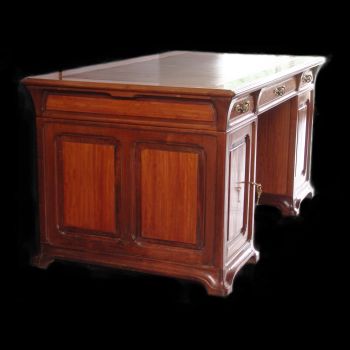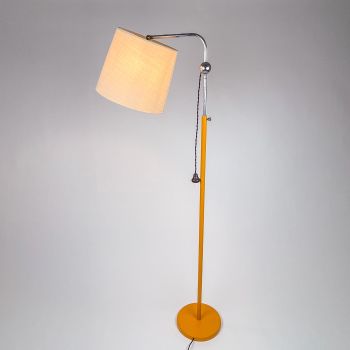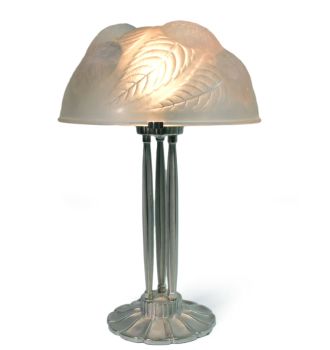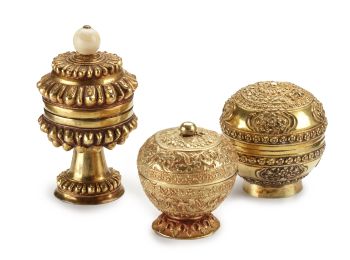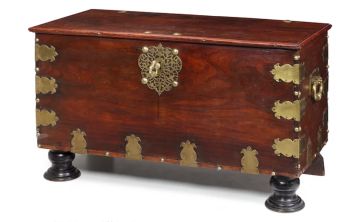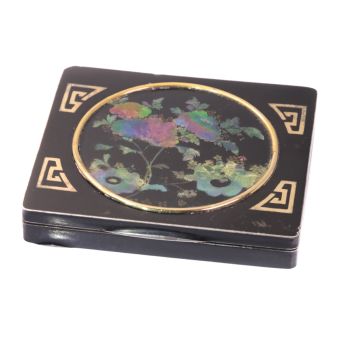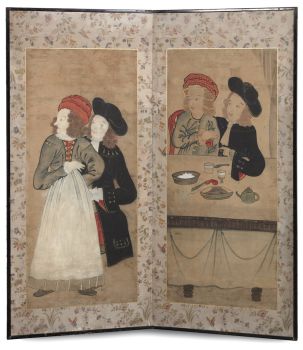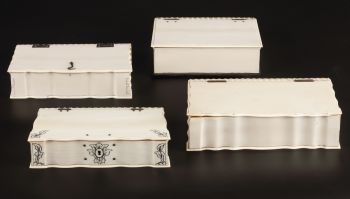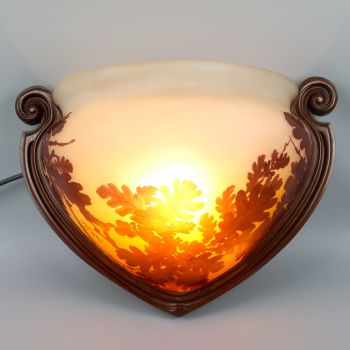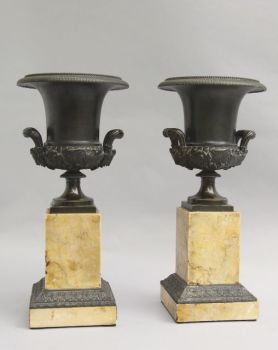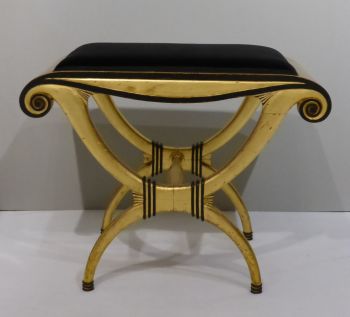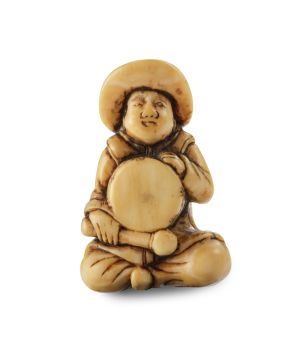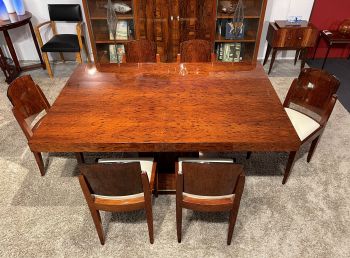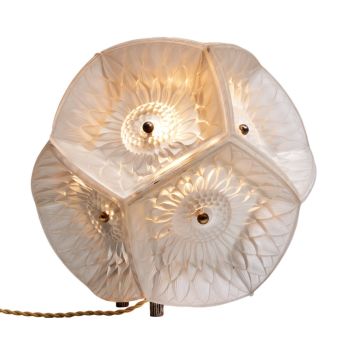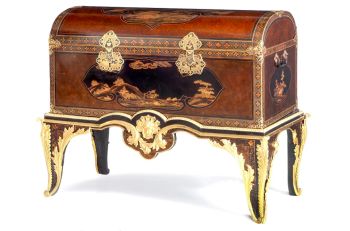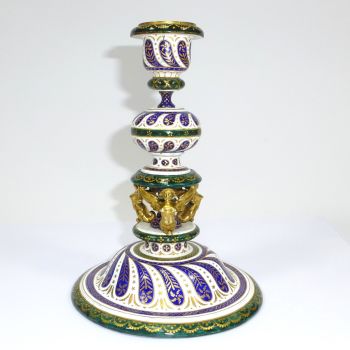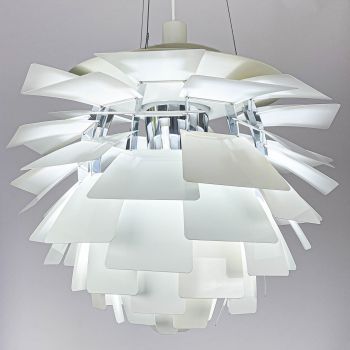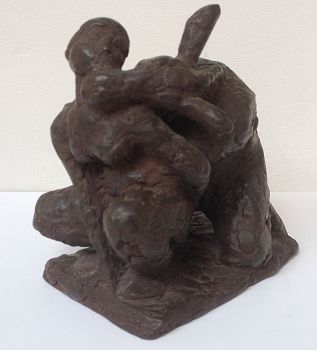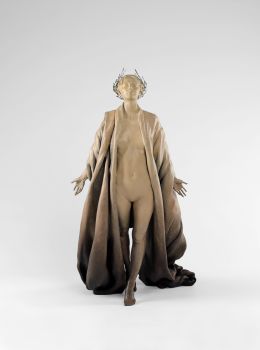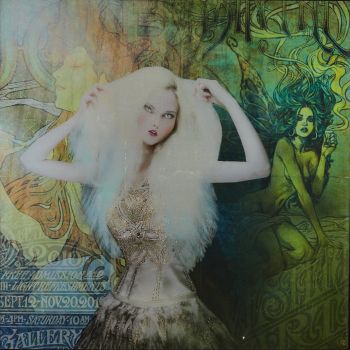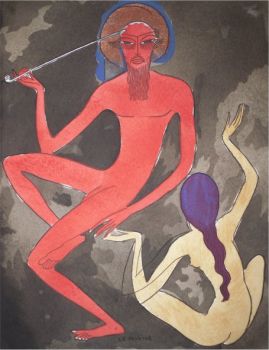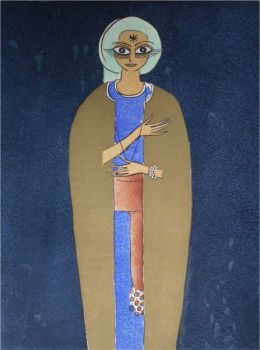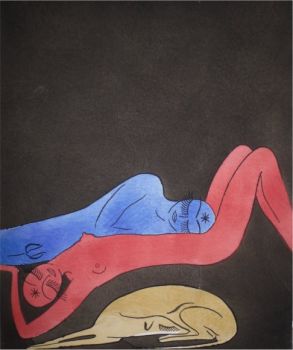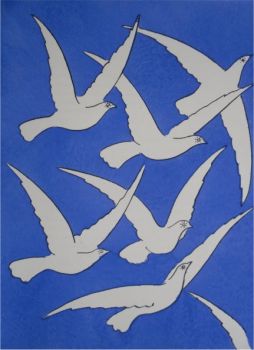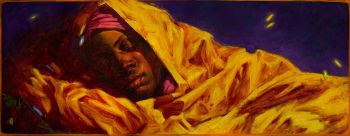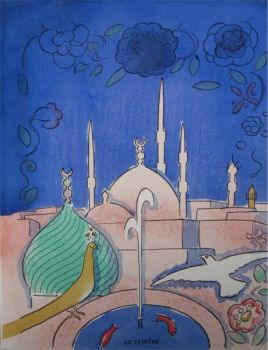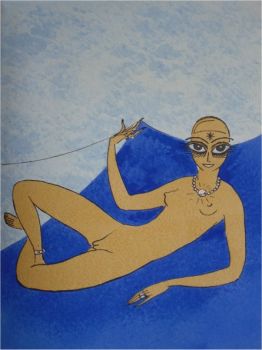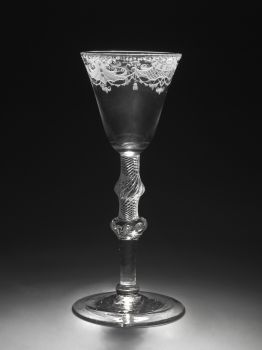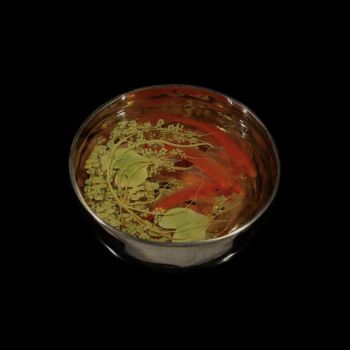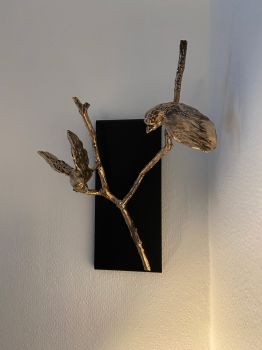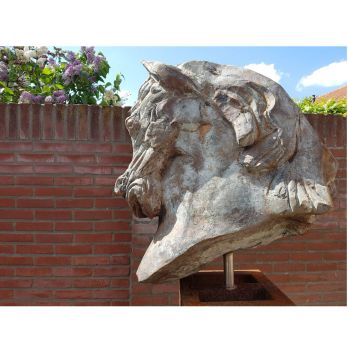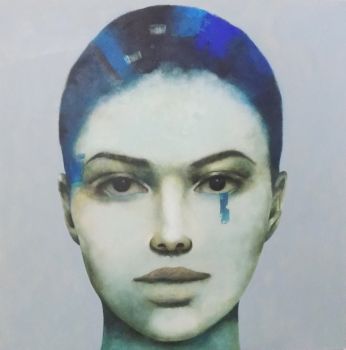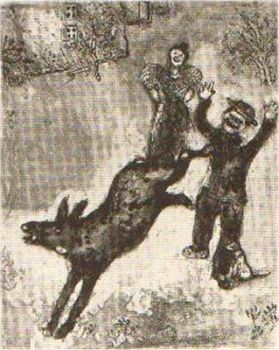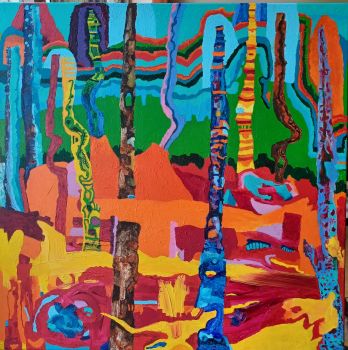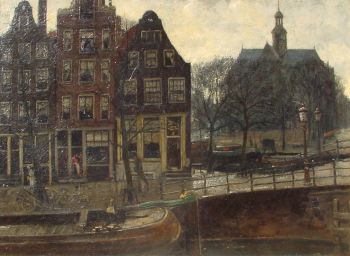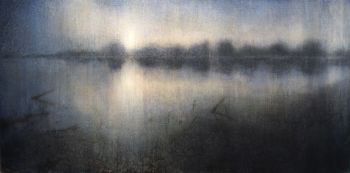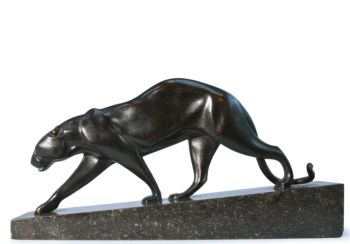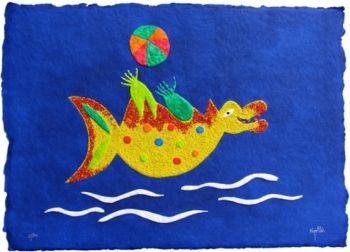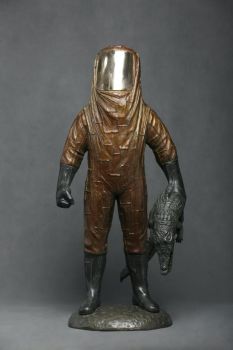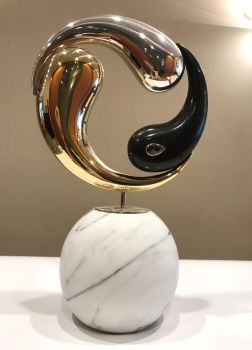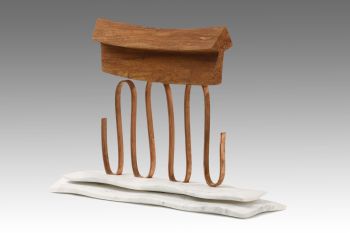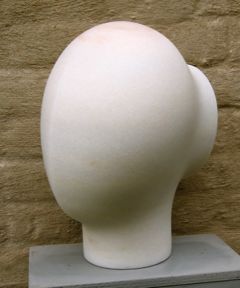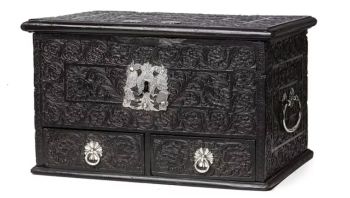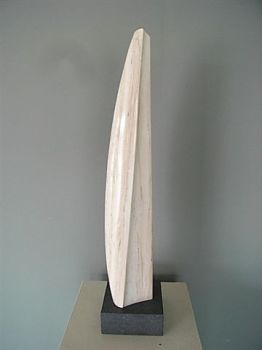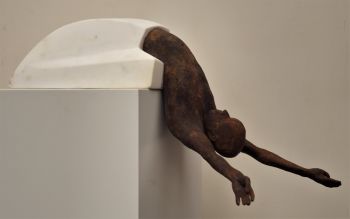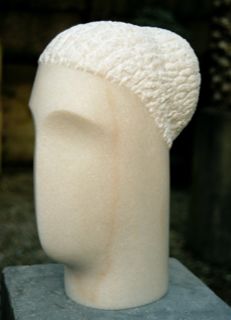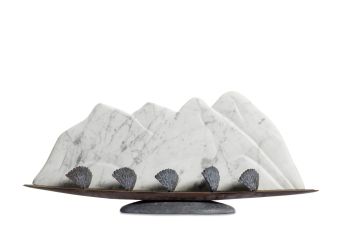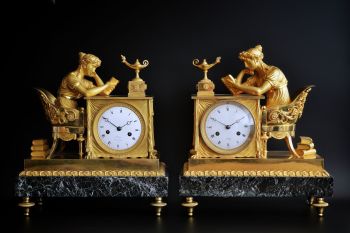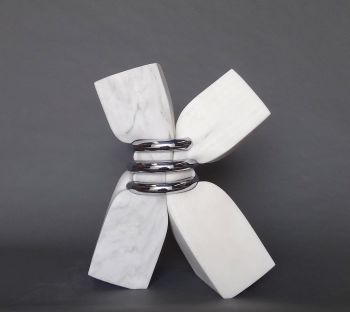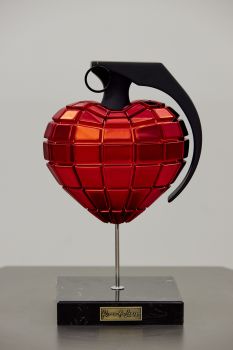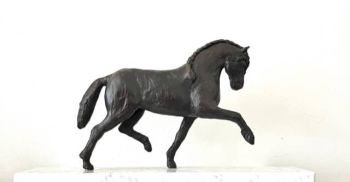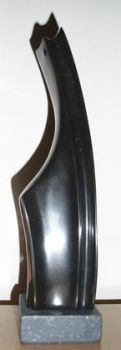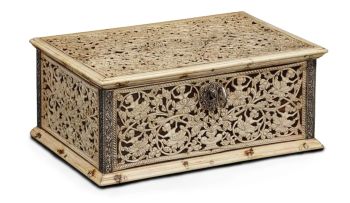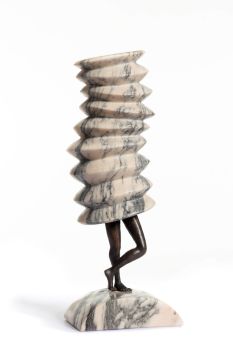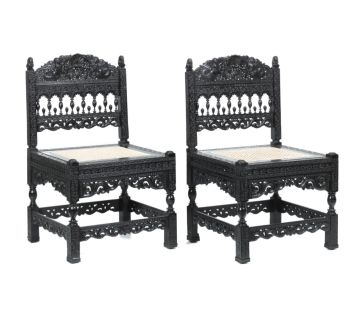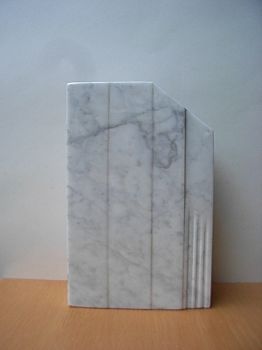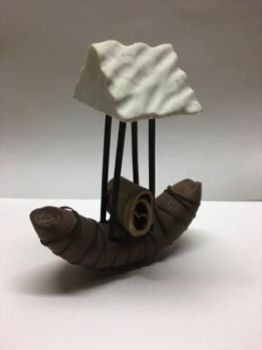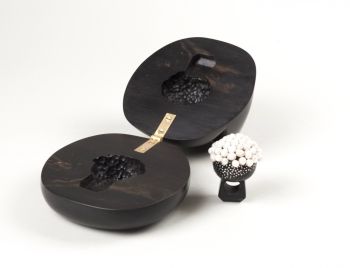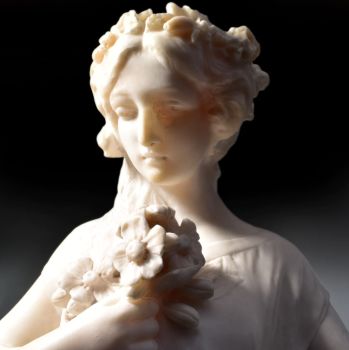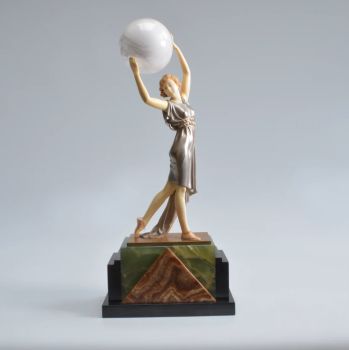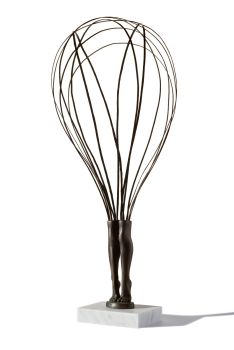Dutch Louis XVI Commode 1775
Artista Sconosciuto
EbanoMarmoPietraLegnaamarantoOroDoratoPietra preziosa
91 ⨯ 129 ⨯ 60 cm
Attualmente non disponibile tramite Gallerease
- A proposito di opere d'arteThe commode was manufactured in the Louis XVI style. This piece of furniture has diagonally placed front styles and stands on tapered legs with button feet. The legs are decorated with small, also tapered fields with a motif of hanging flower buds. Above the legs are the styles decorated with faux flutes of lemon wood and bois teinté with narrow bands of ebony and boxwood. The diagonal corners-styles wear ormolu corner fittings in the form of a main frame, decorated with a garland of flowers.
The front of the chest shows a profiled projecting middle part, so a three-way division occurs with a wide middle flanked by two slightly smaller portions. The sides of the chest are flat.
The lower line shows on three sides between bands of rosewood a wide brim which is decorated with acanthus leaf in current-cat or wave motif. A gilt bronze skirt with a straight top, acanthus leaf and fluted consoles is installed in the centre. Although the front shows a trichotomy, the chest contains only two doors. Left a small door, right a wide door with hinges on two points: between the middle and the right side, and the far right. On the left of the door is the lock with a round ormolu key plate, hanging from a bow with hanging tassels. This part of the door shows left and right slightly concave curved frames, decorated with marquetry of an oval and a diamond motif hooked together against a backdrop of bois teinté. The decoration is surrounded by narrow bands of palm and ebony and encased in an edge of rosewood. The left list functions as a stroke list.
The interior contains a swiveled shelf, as in several Dutch chests - which may also have been used as a buffet - is found. On the bottom shelf one could put a basin with high a high ewer.
The chest is decorated with five fields marquetry work. All fields or "panels" are surrounded by bands of boxwood, ebony and sycamore with protruding corners. The middle field on the front is also enclosed in a border of cross entwined with laurel leaf rosettes in the salient angles. The edge is surrounded by rushes of palm, ebony and sycamore wood.
The panels on the left and right at the front were made after prints, Les trophees de Chasse, published in 1776 by Tardieu after a design of Charles Delafosse. - A proposito di opere artista
Può succedere che un artista o un creatore sia sconosciuto.
Alcune opere non sono determinate da chi sono state realizzate o sono state realizzate da (un gruppo di) artigiani. Esempi sono statue dell'antichità, mobili, specchi o firme non chiare o leggibili ma anche alcune opere non sono affatto firmate.
Inoltre puoi trovare la seguente descrizione:
•"Attribuito a …." A loro avviso probabilmente opera dell'artista, almeno in parte
•“Studio di ….” o “Officina di” A loro avviso un'opera eseguita nello studio o nella bottega dell'artista, eventualmente sotto la sua supervisione
•“Cerchio di…” A loro avviso un'opera del periodo dell'artista che mostra la sua influenza, strettamente legata all'artista ma non necessariamente al suo allievo
•"Stile di..." o "Seguace di..." A loro avviso un'opera eseguita nello stile dell'artista ma non necessariamente da un allievo; può essere contemporaneo o quasi contemporaneo
•“Modalità di…” A loro avviso un'opera nello stile dell'artista ma di epoca successiva
•"Dopo …." A loro avviso una copia (di qualsiasi data) di un'opera dell'artista
•“Firmato…”, “Datato…” o “Iscritto” A loro avviso l'opera è stata firmata/datata/inscritta dall'artista. L'aggiunta di un punto interrogativo indica un elemento di dubbio
•"Con firma....", "Con data...", "Con iscrizione..." o “Riporta firma/data/iscrizione” a loro avviso la firma/data/iscrizione è stata aggiunta da qualcuno diverso dall'artista
Artwork details
Related artworks
- 1 - 4 / 12
Johannes La (le) Blanck
Un set di ampolle d'argento olandese a doppio uso1786
Prezzo su richiestaJacob J. Roosjen SRI
Reynier de Haan
Un'elegante coppa Monteith in argento olandese Luigi XVI1778
Prezzo su richiestaJacob J. Roosjen SRI
Johannes Schiotling
Un paio di candelieri olandesi in argento1784
Prezzo su richiestaJacob J. Roosjen SRI
1 - 4 / 7Artista Sconosciuto
UN PICCOLO NETSUKE IN AVORIO DI UN OLANDESE CON UN TAMBURO1750 - 1800
Prezzo su richiestaZebregs & Röell - Fine Art - Antiques
Artista Sconosciuto
Japanese transition-style lacquer coffer 1640 - 1650
Prezzo su richiestaZebregs & Röell - Fine Art - Antiques
1 - 4 / 24Arie Teeuwisse
Titania and Nick Bottom (the weaver)20th century
Prezzo su richiestaKunsthandel Pygmalion
Dirk Johannes van Haaren
Brouwersgracht in Amsterdam (near Noordermarkt)1904
Prezzo su richiestaKunsthandel Pygmalion
1 - 4 / 24Artista Sconosciuto
Set Franse Empire Pendules / Empire Lectura penduleearly 19th
Prezzo su richiestaKuipers Kunst & Antiek
1 - 4 / 24

